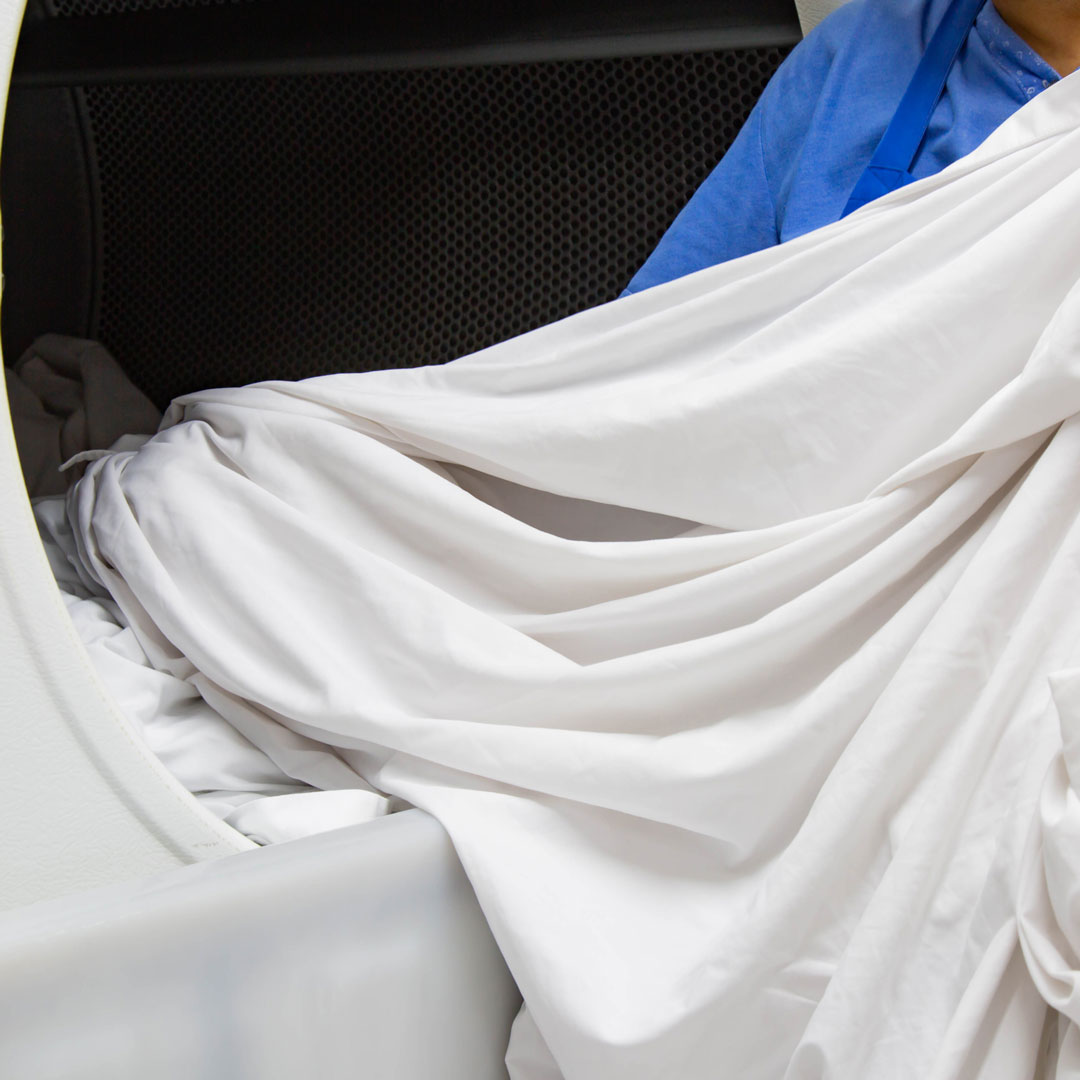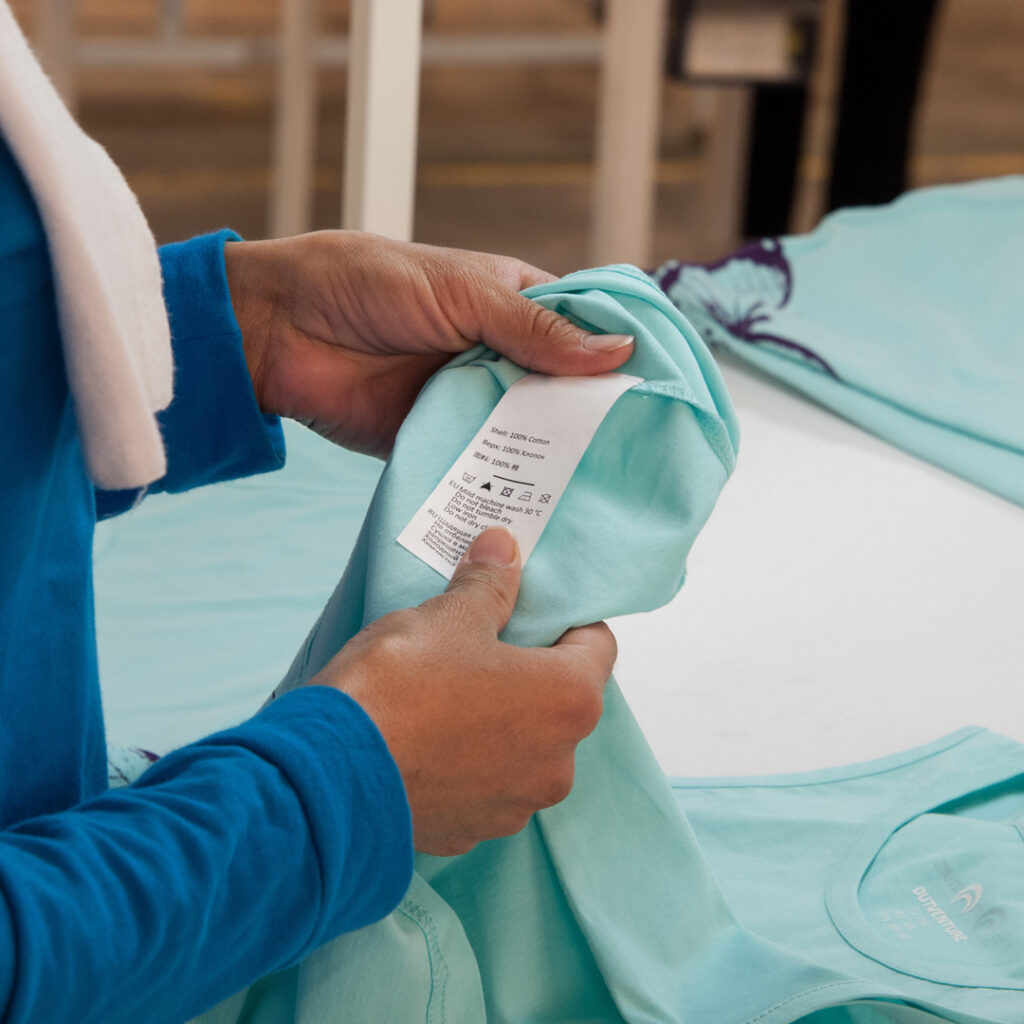Washing & Cleaning Garments
20 January 2022
3 min read
Share

The Washing process is applied to the garments on different occasions. The garment could be washed after its manufacturing not only for cleaning purposes, but also to obtain specials final effects (by washing the garment into suitable solvents), to improve its fabric dimensional stability, or to be dyed.
Special Effects: Finishings
By washing the garment special effects or finishings can be obtained, both from a visual and tactile point of view.
There are certain kinds of apparel, such as denim, that need to be processed and washed after the sewing process in order to obtain a soft touch (consider that, without such washing, the denim fabric would result very stiff, enough to irritate the skin and no customer would buy such product). In this case, then, we can say washing is mandatory but is just one of the few cases in which this process is obligatory. This being said, denim is also washed in order to obtain that faded look (bleaching process), typical of denim apparel.
Another reason why a garment might be washed would be to obtain special visual effects as the faded (also so-called “washed”) effect. It is suggested to realize such washing once the garment is sewed and not before. By doing this, the garment will have a balanced effect, while, if the whole fabric were to be washed you could not be obtaining a homogeneous effect, due to the fact that the solvent might not spread harmoniously.
Dimensional Stability
Another common reason why garments are washed once sewing is completed is to eliminate, or at least minimize the fabric shrinkage as much as possible.
Keep in mind that fabrics tend to shrink when washed or subjected to heat sources.
Depending on the situation, there are times in which it is more profitable to realize the washing process before cutting the fabric, in order to start the production process being certain that the fabric is stable and that the different operations the garment will go through will not alter the garment dimension. This option is great to ensure the garment’s stability and accuracy, but it could lead to lower efficiency of the marker and, therefore, a higher percentage of waste.
Why is that? Simply because the industrial washing machines, although large, do not have the possibility of washing large quantities of fabric, and this means the fabric must be cut into segments. This will affect and restrict the marking optimization options.

Garment Dyeing
Last but not least, Garment Dyeing. This is the third possible process that garments could go through, in case the fabric was not pre-dyed by the textile mill.
This is an available option for those who want to offer stocked garments in various or custom colors to the consumers.
Garment dyeing can be applied to natural fabrics (cotton-wool-linen-etc), thanks to their fiber porosity and propensity to absorb color, while it is not suggested for garments with synthetic fabrics!














